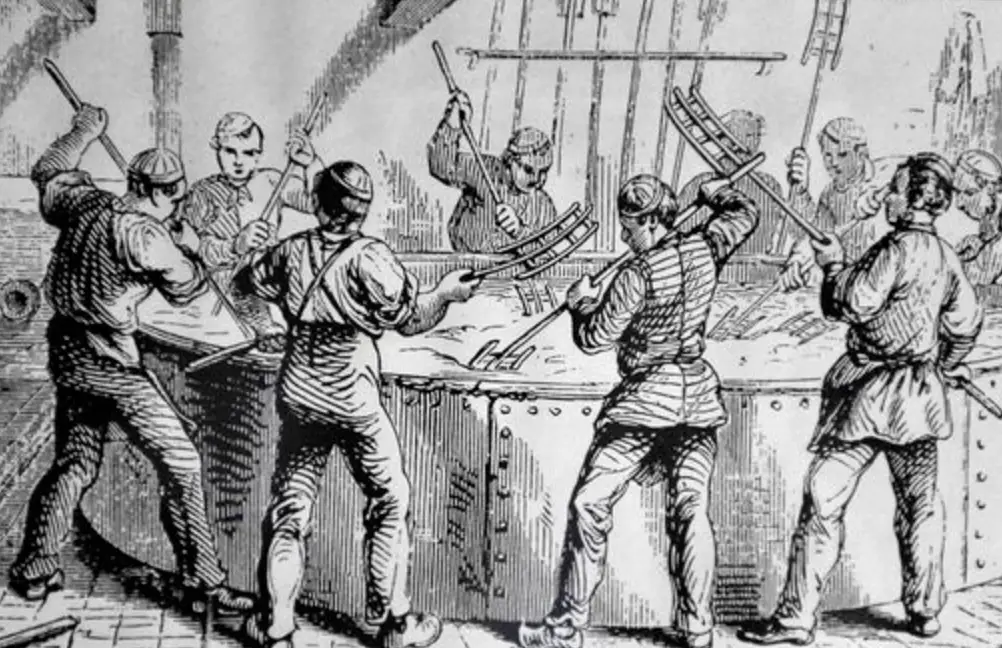For millennia, humans have been drawn to the art of brewing, creating libations that bring joy, celebration, and camaraderie. While the modern brewing industry has flourished, it is essential to recognize the historical roots of this craft. In this blog post, we embark on a journey through time to explore the fascinating history of home brewing, a tradition that has evolved from a necessity to a beloved hobby cherished by enthusiasts worldwide.
Ancient Beginnings
The history of home brewing can be traced back to the dawn of civilization. In ancient civilizations such as Mesopotamia, Egypt, and China, brewing was a household skill, where families crafted beers and fermented beverages from grains, fruits, and other available resources. The process was often passed down through generations, and these early brews served as sustenance, medicine, and religious offerings.
Monastic Brewing
During the Middle Ages, brewing took on a new dimension within monastic communities. Monks, seeking self-sufficiency, cultivated vast gardens, including barley and hops, essential for brewing. The monastery breweries became centers of knowledge and innovation, refining brewing techniques and perfecting recipes. Moreover, the consumption of beer during fasting periods led to the development of stronger, nourishing brews like Doppelbocks and Trappist ales.
The Home Brew Revolution
With the industrial revolution in the 18th and 19th centuries, the art of brewing gradually shifted from homes to commercial breweries. However, this period also saw the emergence of the temperance movement, which fueled a decline in alcohol consumption and impacted the brewing industry. Home brewing, though constrained by legal restrictions and taxation, managed to persist as a cherished pastime among enthusiasts and families.
Prohibition and Home Brewing Revival
Perhaps one of the most significant events in the history of home brewing was the era of Prohibition in the United States (1920-1933). The 18th Amendment banned the manufacture, sale, and transportation of alcohol, driving the brewing industry underground. Yet, the desire for beer remained strong, prompting an upsurge in illegal home brewing and moonshining. While Prohibition was eventually repealed, it left an indelible mark on the American brewing landscape, fostering a deep appreciation for the art of crafting beer at home.
Modern Home Brewing Renaissance
The late 20th century witnessed a renaissance in home brewing. Legal restrictions on brewing were relaxed in many countries, leading to a resurgence of interest in the craft. Home brewing supply shops flourished, providing enthusiasts with ingredients, equipment, and knowledge to embark on their brewing ventures. In 1978, the United States legalized home brewing at the federal level, further fueling the movement and inspiring countless home brewers to experiment with unique recipes and styles.
Today, home brewing has evolved into a vibrant global community, with clubs, competitions, and events celebrating the creativity and craftsmanship of home brewers. The internet has played a significant role in connecting brewers, fostering knowledge-sharing, and enabling enthusiasts to showcase their creations on various platforms.
Conclusion
The history of home brewing is a testament to the enduring human fascination with crafting flavorful libations. From ancient civilizations to modern-day enthusiasts, home brewing has continuously evolved, adapting to societal changes while preserving its essential role in culture, tradition, and innovation. As we raise our glasses to the rich legacy of home brewing, let us celebrate the passion and ingenuity that have shaped this cherished art form and continue to make it a beloved hobby for generations to come.
